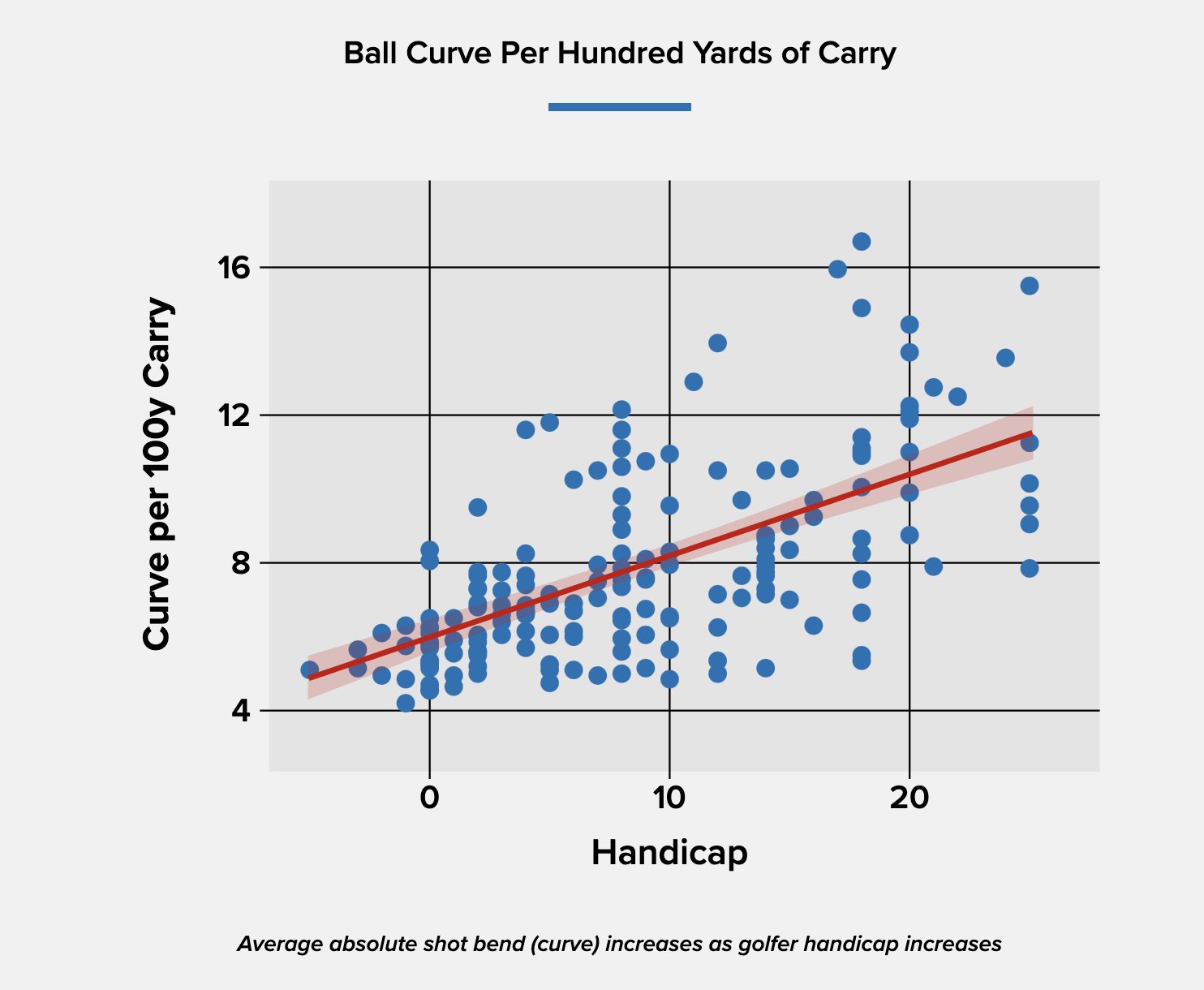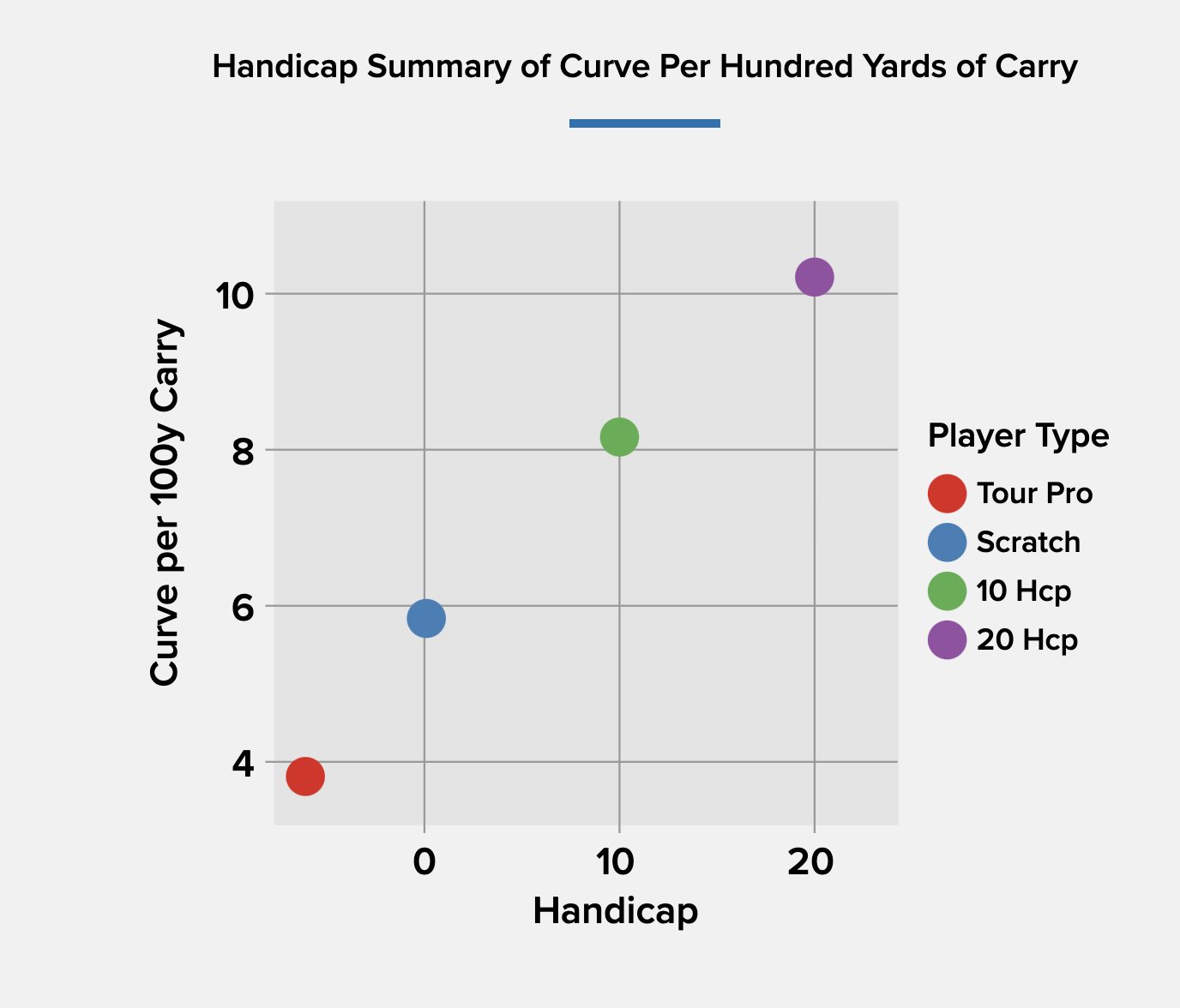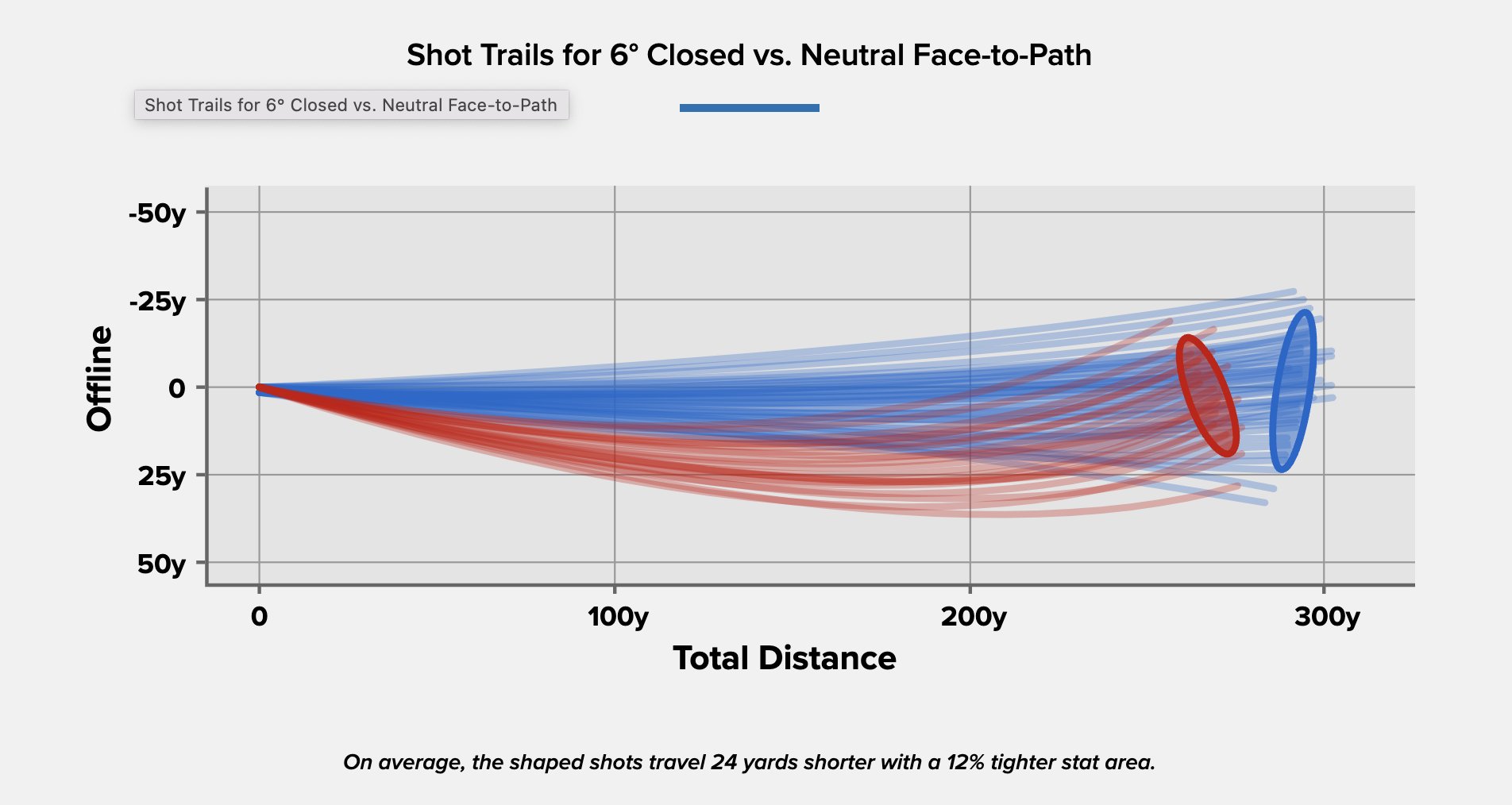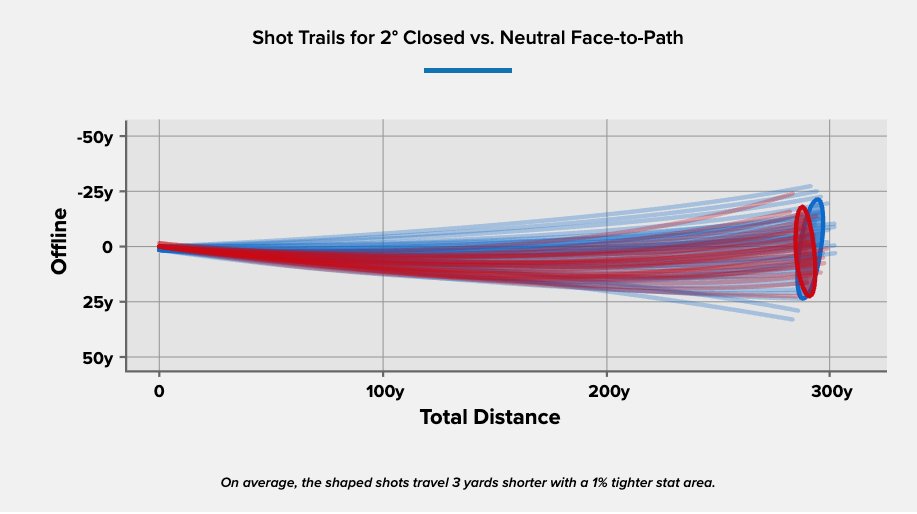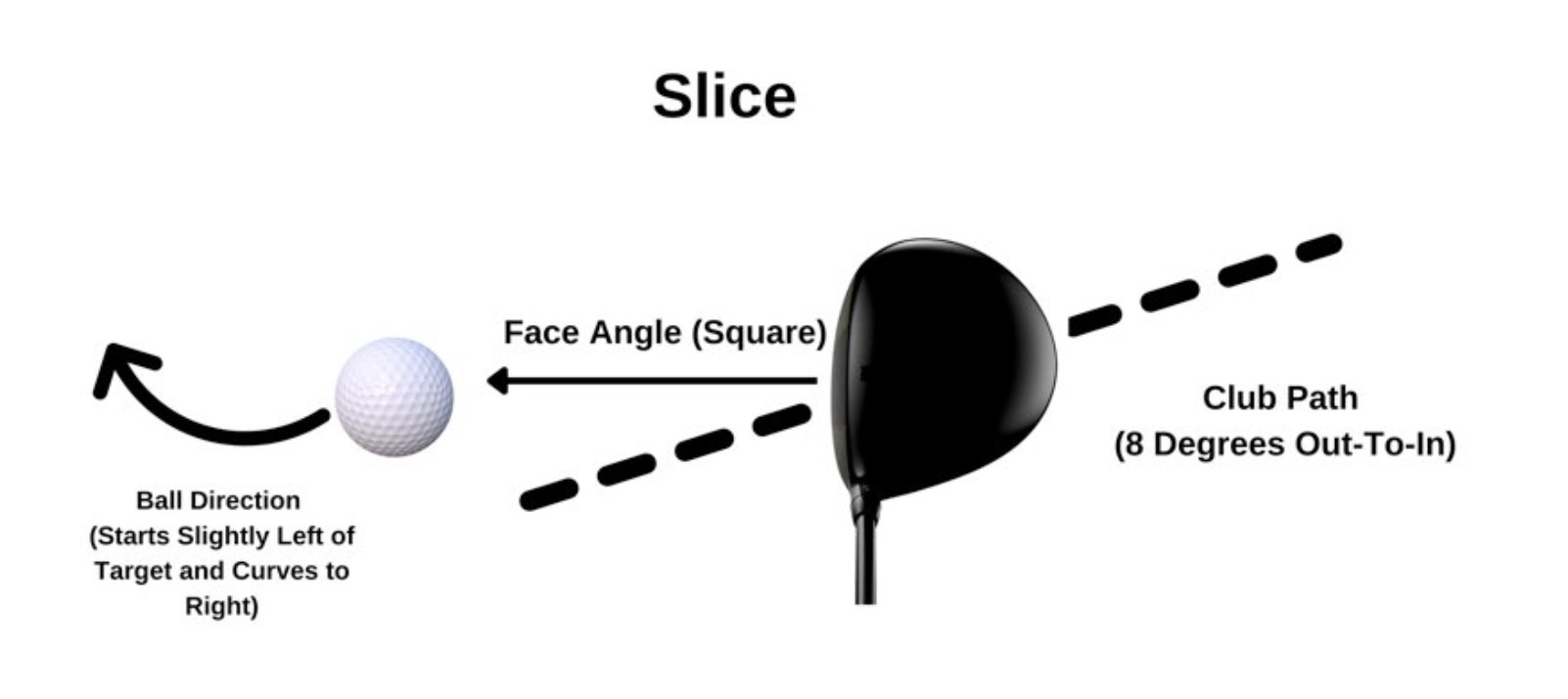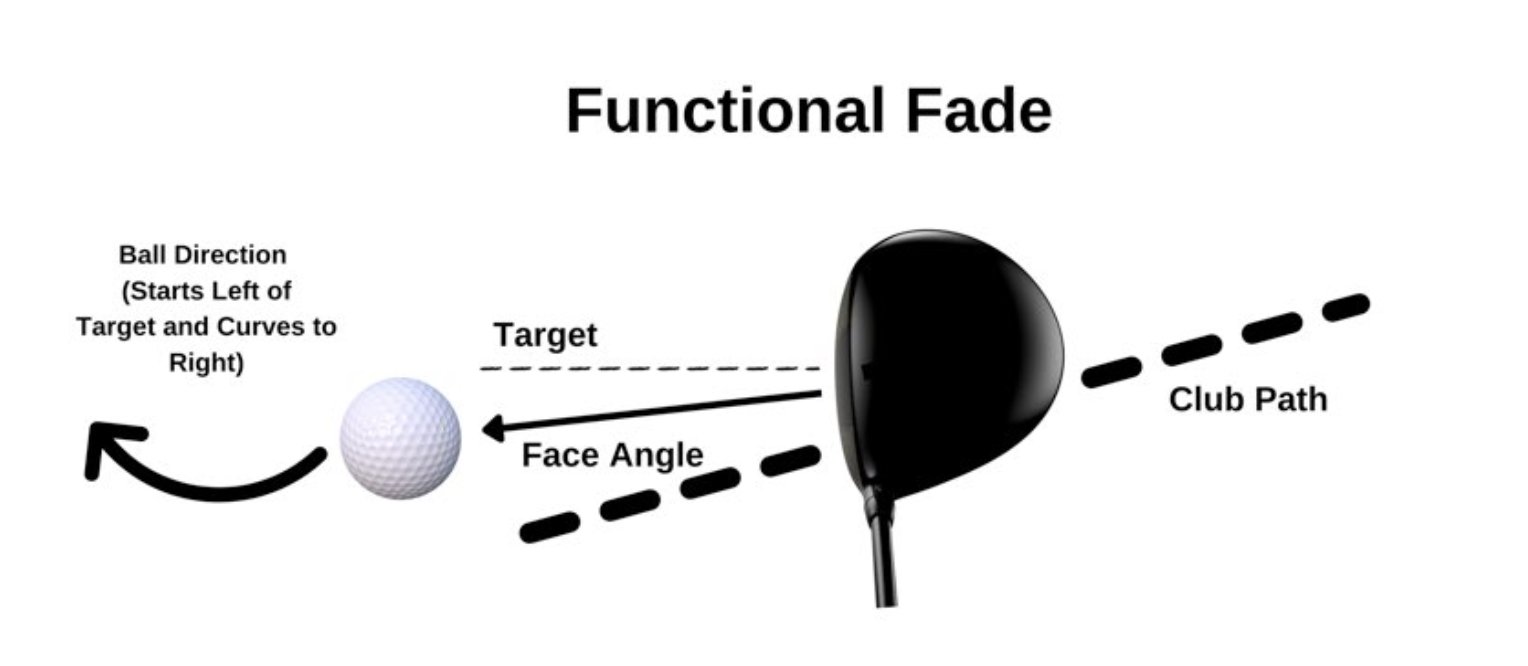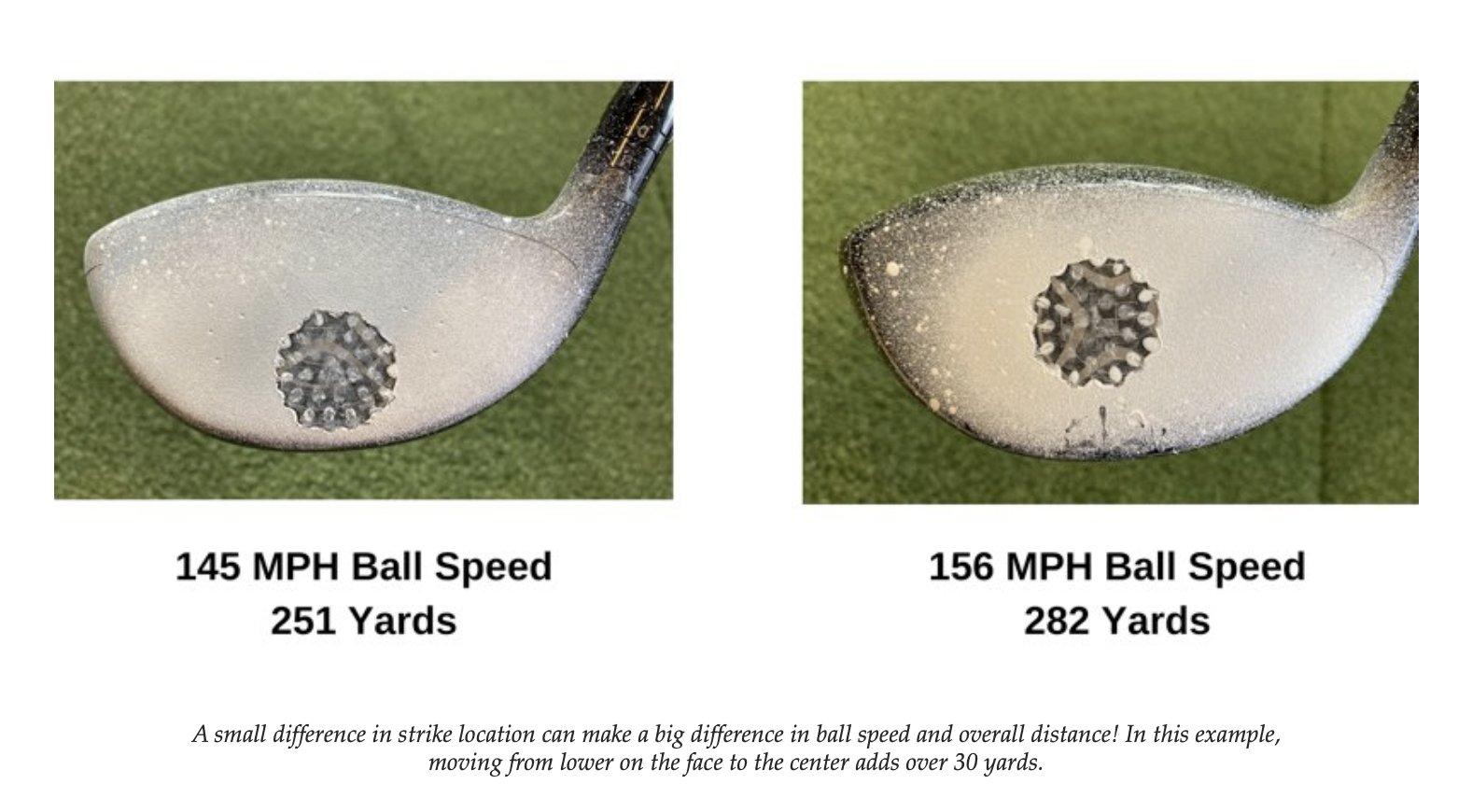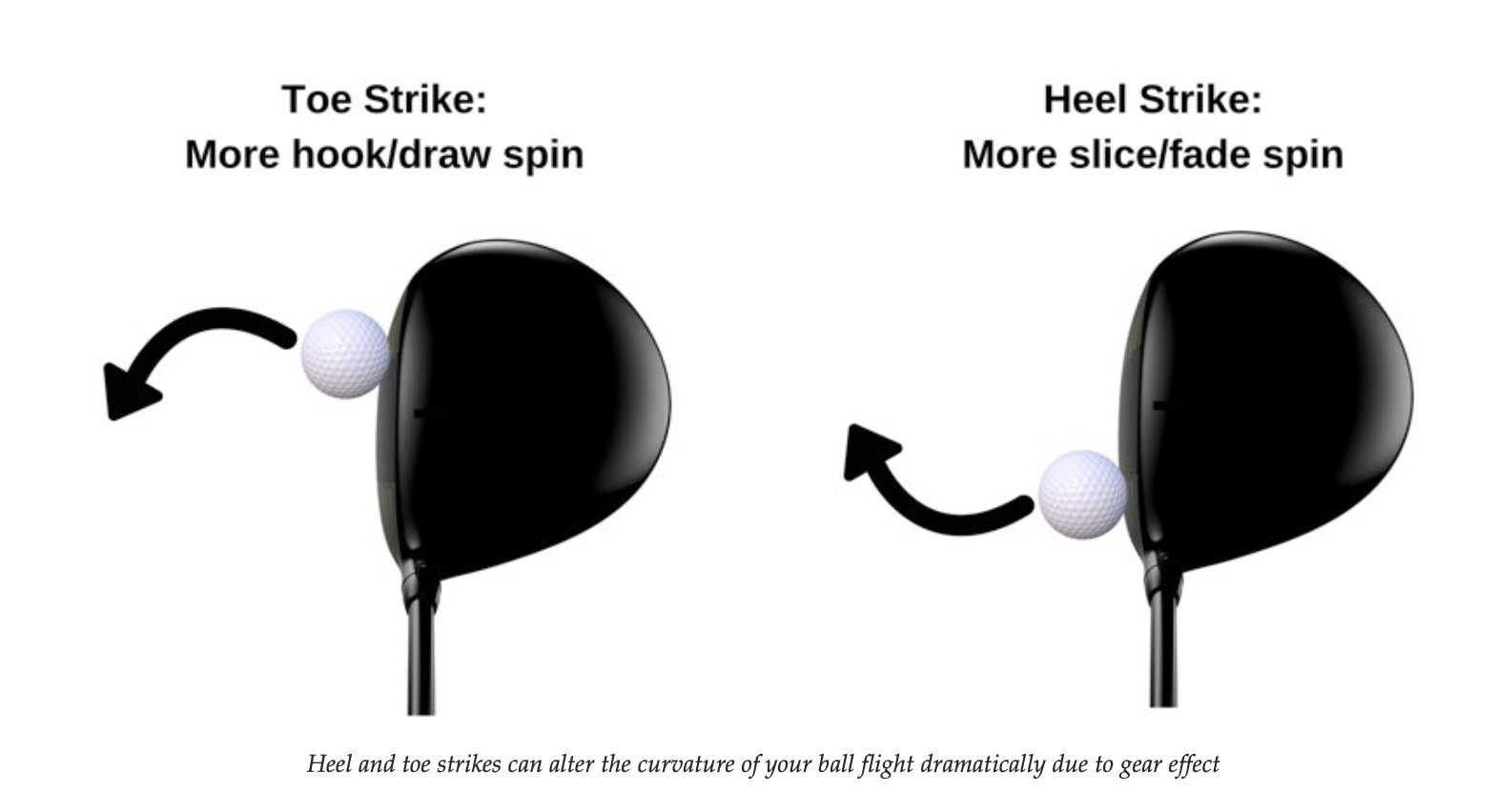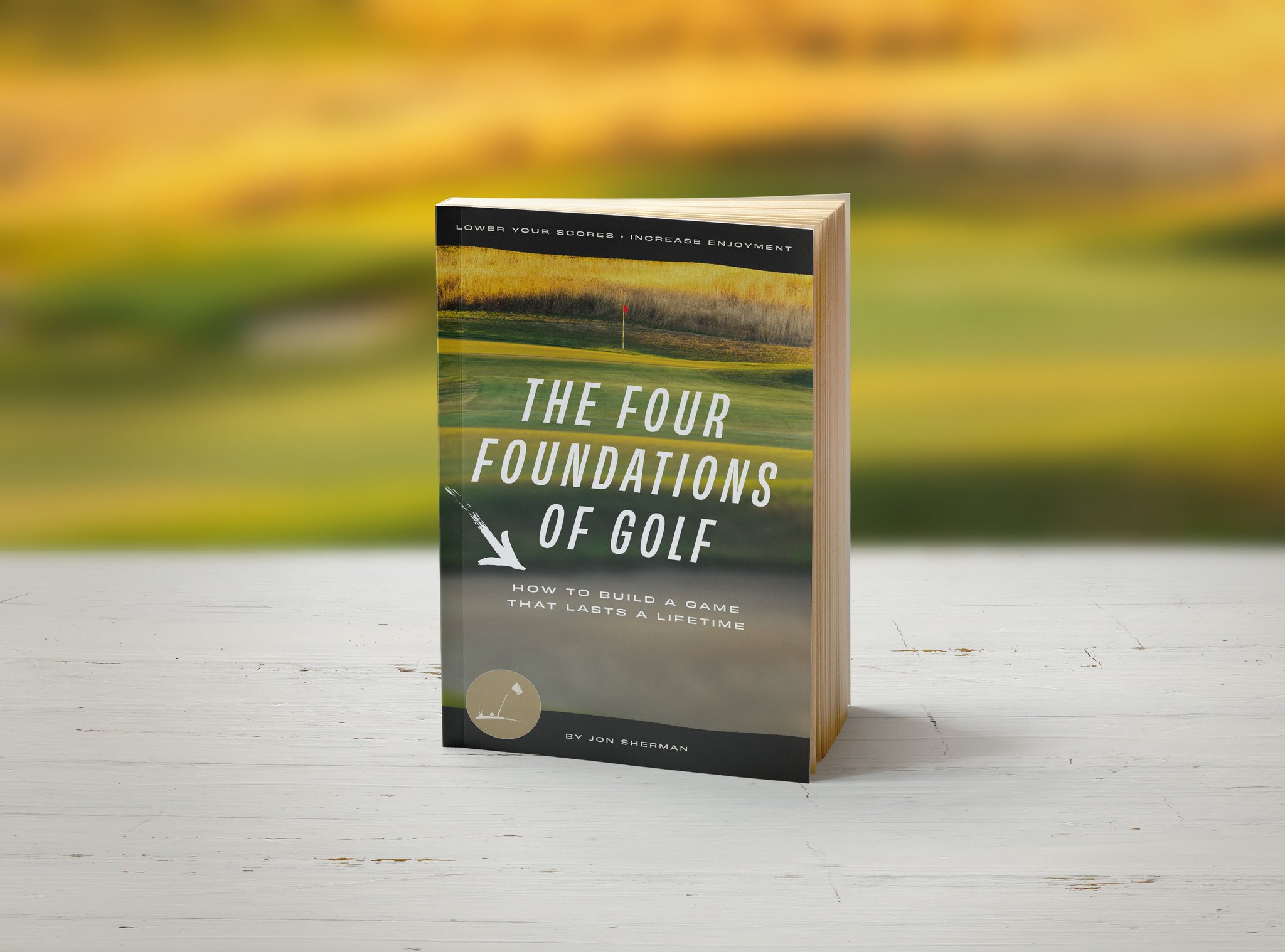Thread
What do you think maximizes distance?
A shot that curves more?
Or a straight shot?
Let's explore 🧵
A shot that curves more?
Or a straight shot?
Let's explore 🧵
.@PingTour and @ChrisBroadie have done some interesting research on this topic.
They examined tee shot curvature by handicap level, which you can see in the tables below.
In general, as handicap rises, so does the amount of curvature on the ball.
They examined tee shot curvature by handicap level, which you can see in the tables below.
In general, as handicap rises, so does the amount of curvature on the ball.
Of course, there are outliers with anything in golf.
So if you keep the ball in play quite well with a lot of curvature on the ball, that could be a good matchup for you.
But it does have implications on total distance, another important factor in tee shot success.
So if you keep the ball in play quite well with a lot of curvature on the ball, that could be a good matchup for you.
But it does have implications on total distance, another important factor in tee shot success.
PING used their computer modeling to compare a perfectly straight shot versus one that curved 40 yards.
This would be the difference between a neutral face-to-path and 6 degrees closed.
This would be the difference between a neutral face-to-path and 6 degrees closed.
The straighter shot produced a 24-yard gain over the curved one.
However, the shaped drives did have a 12% tighter stat area.
But the overall advantage in distance was worth 1.1 strokes gained per round compared to the curved shot.
However, the shaped drives did have a 12% tighter stat area.
But the overall advantage in distance was worth 1.1 strokes gained per round compared to the curved shot.
What if the difference in curvature was less extreme?
When comparing a straight shot versus a tighter curve (2 degrees closed), the difference is almost negligible.
When comparing a straight shot versus a tighter curve (2 degrees closed), the difference is almost negligible.
So all things being equal, the less curvature you have on your drives, the *farther* they will travel.
That's not to say you can't shape it off the tee, but I believe having a tighter curvature for most golfers will be better overall.
That's not to say you can't shape it off the tee, but I believe having a tighter curvature for most golfers will be better overall.
Anecdotally speaking, I made the driver the strength of my game by learning to reduce the right-to-left curvature.
How do you do it?
Well, I think there are a few options...
How do you do it?
Well, I think there are a few options...
Excessive curvature usually comes from a big separation between your club path and face angle.
Here is what a classic slicer might look like at impact.
There is a big separation between where their face is pointing and the path of their club.
Here is what a classic slicer might look like at impact.
There is a big separation between where their face is pointing and the path of their club.
So to reduce curvature, the golfer needs to get them closer together.
That usually means a little bit of both:
• Reducing the extremity of club path
• Gaining more face control
That usually means a little bit of both:
• Reducing the extremity of club path
• Gaining more face control
Ideally, you'll want the face pointing somewhere between your target and club path to get a tighter curvature.
There are many ways to reduce club path and improve face control.
My new book has plenty of practice methods: amzn.to/3SiIoOq
Also, our podcast did a two-part series on club path: podcasts.apple.com/us/podcast/the-sweet-spot-golf-podcast/id1552917994?i=1000578528169
And here is one on face angle - podcasts.apple.com/us/podcast/the-sweet-spot-golf-podcast/id1552917994?i=1000509673432
My new book has plenty of practice methods: amzn.to/3SiIoOq
Also, our podcast did a two-part series on club path: podcasts.apple.com/us/podcast/the-sweet-spot-golf-podcast/id1552917994?i=1000578528169
And here is one on face angle - podcasts.apple.com/us/podcast/the-sweet-spot-golf-podcast/id1552917994?i=1000509673432
But we're not done yet!
Excessive curvature can also come from impact location and your driver design.
Let's talk about impact location and gear effect first.
Excessive curvature can also come from impact location and your driver design.
Let's talk about impact location and gear effect first.
Having a centered strike on your driver is CRUCIAL to hitting it farther.
Here's an example of how much distance can change just by moving the strike location around the face.
Here's an example of how much distance can change just by moving the strike location around the face.
But horizontal gear effect can also be responsible for massive curvature, even if you have a good face-to-path relationship.
Heel and toe strikes can punish distance and accuracy.
Keeping track of impact location and consciously working on it is so important for your driver!
Heel and toe strikes can punish distance and accuracy.
Keeping track of impact location and consciously working on it is so important for your driver!
Last but not least, your driver's design can also play a big role in curvature.
You have probably heard terms like Center of Gravity and Moment of Interia (MOI).
They both play their role.
You have probably heard terms like Center of Gravity and Moment of Interia (MOI).
They both play their role.
A driver with a higher MOI can resist the amount the clubface twists on off-center strikes, thereby minimizing gear effect (reduces curve).
But there are always tradeoffs.
Each driver has different amounts of MOI, and you want the right matchups.
But there are always tradeoffs.
Each driver has different amounts of MOI, and you want the right matchups.
The Center of Gravity is also very influential.
With adjustable drivers, we can now shift the COG by moving the weights around.
This also can help reduce curvature by accommodating your typical strike patterns and clubhead delivery.
With adjustable drivers, we can now shift the COG by moving the weights around.
This also can help reduce curvature by accommodating your typical strike patterns and clubhead delivery.
This is exactly why working with a clubfitter is so helpful.
Someone like @WoodyLashen at @PetesgolfshopNY can diagnose your tendencies and then pick a driver head that matches well.
Let the clubfitter play with the settings on the driver, and then don't tinker around!
Someone like @WoodyLashen at @PetesgolfshopNY can diagnose your tendencies and then pick a driver head that matches well.
Let the clubfitter play with the settings on the driver, and then don't tinker around!
To conclude:
• Reducing curvature maximizes distance
• Improving your face/path relationship is the key
• Learning to strike the center of the face more often helps too
• Making sure your driver is properly fit also can produce straighter shots
• Reducing curvature maximizes distance
• Improving your face/path relationship is the key
• Learning to strike the center of the face more often helps too
• Making sure your driver is properly fit also can produce straighter shots
And, of course, every golfer is unique.
There are always tradeoffs, and you must know what you are gaining or losing.
The recipe for success off the tee is keeping it in play and maximizing distance as much as possible.
Balancing the two is hard!
There are always tradeoffs, and you must know what you are gaining or losing.
The recipe for success off the tee is keeping it in play and maximizing distance as much as possible.
Balancing the two is hard!
If you enjoyed this thread and want to learn more on how to maximize your golf game, you'll love my new book.
The Four Foundations of Golf is currently a bestseller.
For less than $25, you can change your game forever:
amzn.to/3SiIoOq
The Four Foundations of Golf is currently a bestseller.
For less than $25, you can change your game forever:
amzn.to/3SiIoOq
But if you don't want to buy the book, that's cool too! I'll keep giving out free information here
Follow me @practicalgolf for more.
Like/Retweet the first tweet below if you can:
Follow me @practicalgolf for more.
Like/Retweet the first tweet below if you can:
Mentions
See All
Nick Huber @sweatystartup
·
Sep 21, 2022
Really interesting stuff here!
